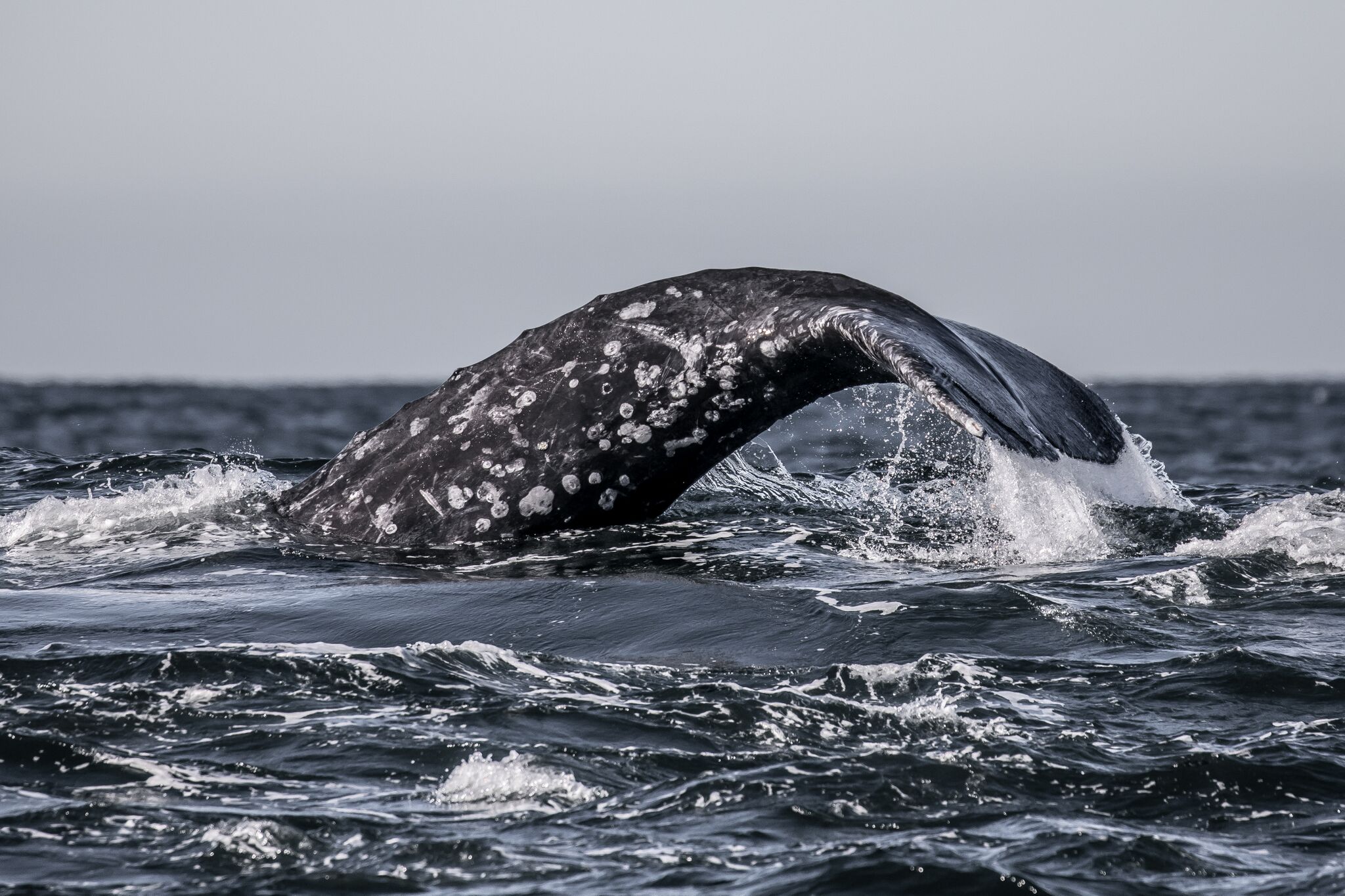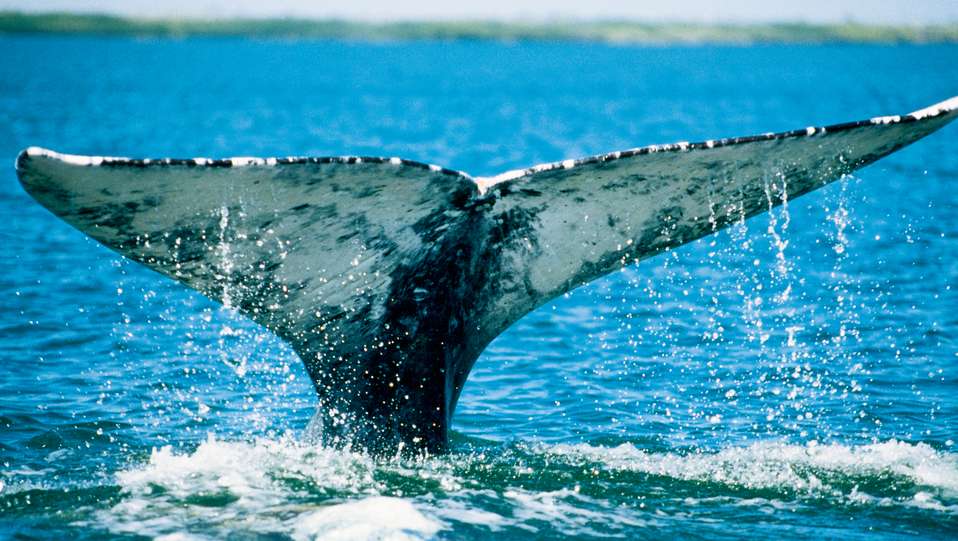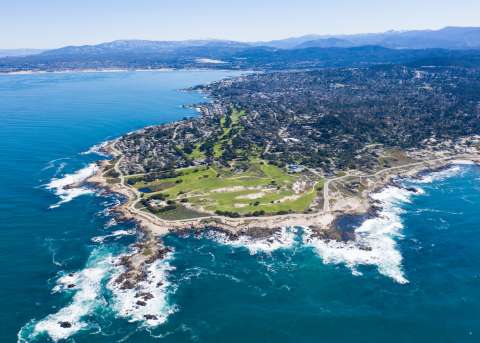Every winter on the Monterey Bay we have the wonderful opportunity to witness one of the largest migrations of mammals on earth.
Over 20,000 gray whales are headed towards Monterey as they come down from Alaska toward Mexico. Gray whales have the longest migration of any mammal on earth and cover an average of 5,000 miles round trip, and it’s all in the name of breeding and calving.

One of the most incredible things about the gray whale migration is they don’t feed for the vast majority of their journey. These whales are cruising at a pace around 4-5 miles per hour, but they swim non-stop, only slowing down to nap while still swimming. This means they are covering an incredible 100 miles per day!
In preparation, these whales gorge themselves all summer in their northern feeding areas; gaining as much weight as physically possible in preparation for a 3-6 month fast for breeding season. Expecting whale mothers also fast during migration – which means fasting while pregnant, lactating and raising a baby whale!
There are two main reasons why gray whales forego feeding while traveling. First, it’s more efficient to travel at a steady pace without making stops – anyone who has been on a long road trip knows what I’m talking about. Second, there isn’t much food available to them once they leave their feeding grounds, providing even less of a reason to stop.
The first few gray whales are trickling past the coast already – get ready for the peak in mid-January! Look for them if you are near shore anywhere in the central coast area.
See these incredible beauties for yourself and book a whale watching tour with Discovery Whale Watch.






